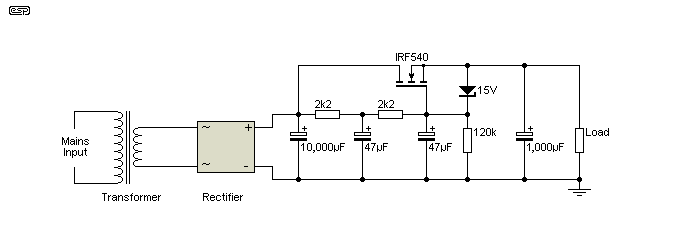Now i'm playing again with transistors again to open a MOSFET.
The PNP transistor Q2 can never turn on in that circuit. For PNP to turn on the base must be more negative than the emitter, but in that circuit the base can only be in the range from same as emitter (0V) to +19.6V.
The base of Q1 is pulled positive by R2 immediately when power is applied, which causes the emitter to be 19V immediately.







































